Nitrofurazone Powder
$19.00 – $100.00
Nitrofurazone is the active ingredient in Furan 2. It is an antibiotic drug that may have anti-protozoan properties. Can be used as a preventative as well as to treat disease.
- Reviews (1)
- Description
Description
Effective against Columnaris, Flexibacter, Black Molly Disease (Flavobacterium columnaris), Bacterial Gill Disease, Aeromonas, Excess Body Slime, Cloudy Eye, Streptococcus, Furunculosis, Fin and Tail Rot, Marine external ulcer disease and some protozoan infestations. Useful in treating minor topical skin infections of freshwater and marine species.
Do not use on invertebrates
Treatment: Begin with a 25% water change. Remove activated carbon, purigen or any other product in the filter that helps to remove compounds or chemically polish the water to avoid interference with treatment. Dose 1/4 teaspoon per 30 gallons water. Repeat daily with a 25% water change and redosing of medication for a total of 10 days.
Do not stop treatment early. Complete all 10 days of dosing to avoid unwanted bacteria becoming resistant to medication.
Nitrofurazone is most effective in low pH. Should be combined with Metronidazole or similar drug for most effective treatment in high pH environment. Nitrofurazone is not absorbed through the skin and should not be used to treat systemic infections alone.
Other Uses/Treatment Options:
General Anti-Parasitic, Fungal and Bacterial Treatment/Preventative: Combine with Kanamycin or Metronidazole as these drugs work well together.
Disinfectant: Excellent disinfectant for a Quarantine Tank with new fish arrivals.

![nitrofurazone[1] copy](https://discuscom.b-cdn.net/wp-content/uploads/sites/11/2019/01/nitrofurazone1-copy.jpg)

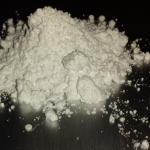
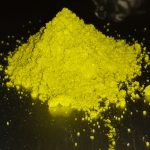
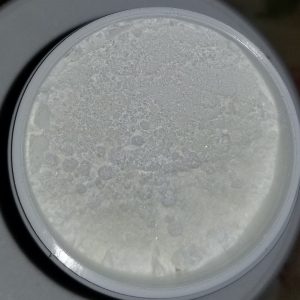


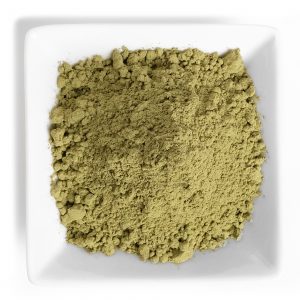
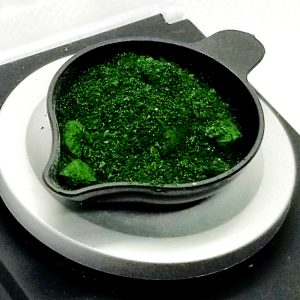


I am currently not treating a tank. I treated a tank at the end of last year with metronidazole. I am buying medications from you to keep them ready and in stock in case I need them and to quarantine new fish which I will buy from your store as soon as I have time to quarantine. 2- I have bred discus as they bred in the tank with other discus an angel fish etc... without me doing anything but putting a cone as a result of seeing them breed in the tank filter intake one day.